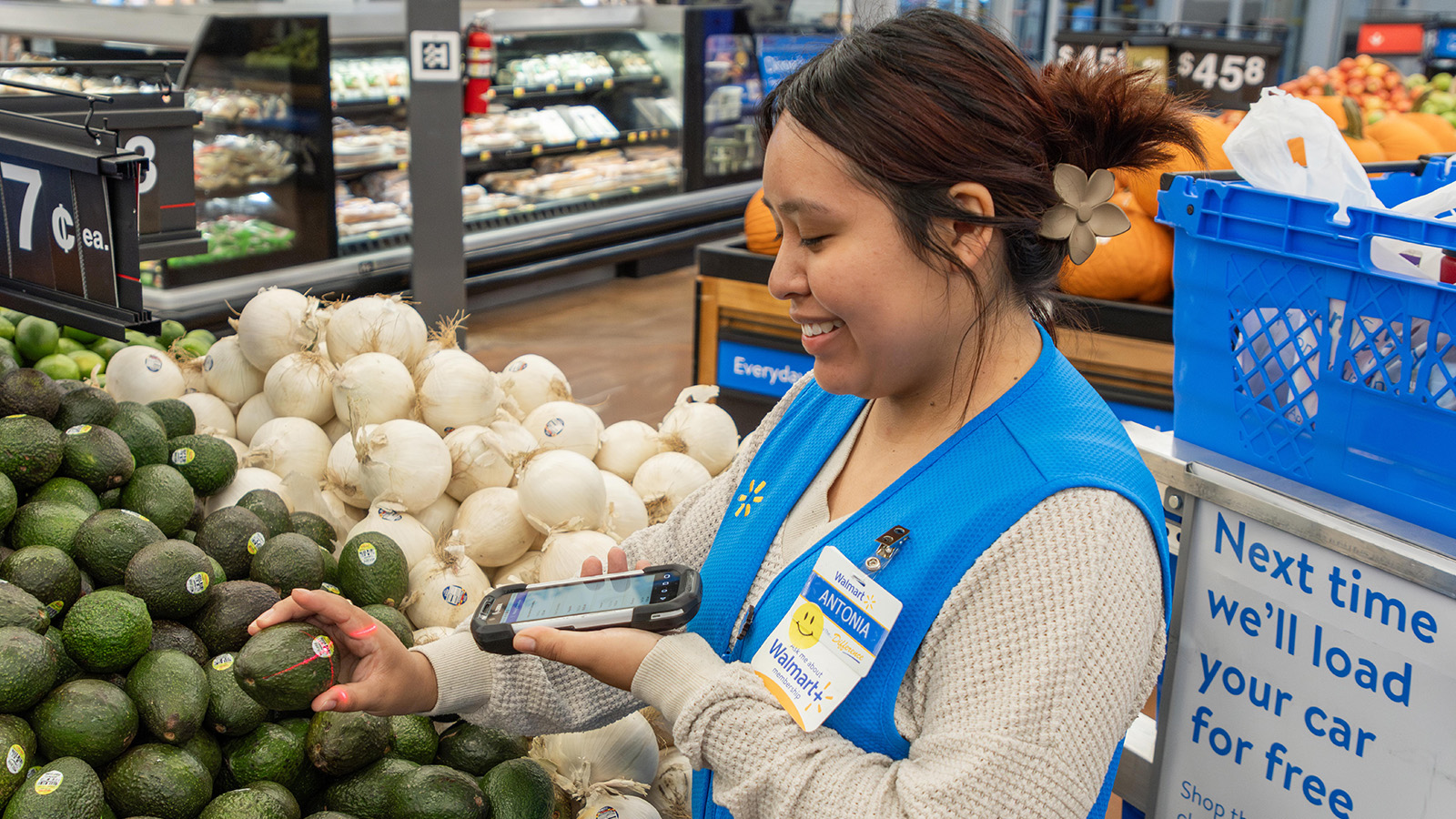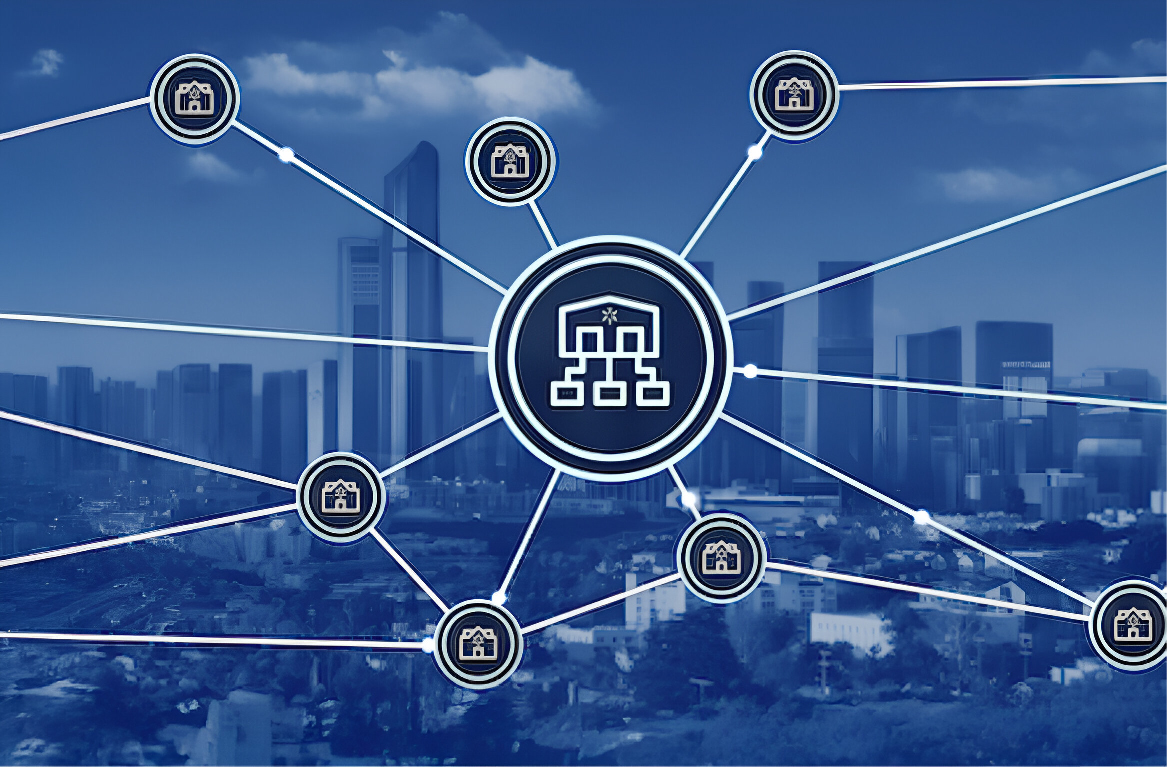Marketplace: What Makes it the Holy Grail of E-tail

The Silk Route was a historic trade route, which stretched from Asia to the Mediterranean, the moniker derived from silk trading – a fabric that originated in China. Apart from silk, different fabrics, grains, spices, fruits, vegetables, and various valuable items were also traded via the same route.
Along this route several groups of trading posts and markets facilitated the transport, storage, and exchange of goods. And that's how the first-ever Global Marketplace took shape.
What is a marketplace?
There are many forms of marketplace like the malls, shop-in-shop, or neighborhood markets. The main street too can be considered as a marketplace where the shop owners set up, merchandise, market, and enable a seamless shopping experience for their customers.
Online marketplace, like Walmart.com provides a platform for sellers to set up their store and merchandise their products. These platforms provide the infrastructure (website, hosting, transactional APIs, etc.), attract customers, deliver seamless shopping experience (browse, search, cart, wishlist, discounts and promotions, etc.) to customers and enable seamless customer transactions and manage fraud, provide IP protection.
Finally, these platforms provide value-added services like advertising and shipping services, along with providing valuable insights to sellers to grow their business on the platform.
In the future, we anticipate the marketplace platforms to provide a seamless experience between the digital and physical world, blurring the lines between shopping channels, and further improving customer shopping experience.
What makes marketplaces the go-to solution in an otherwise saturated eCommerce market?
Win-win scenario – Marketplace attract sellers (easy discovery of products), customers (competitive prices, personalized experience), and platform providers (large scale opportunity) alike
Pre-existing customer base – Since online marketplaces are trusted by millions of customers worldwide, selling on the platforms translates to a readymade base of shoppers
Trusted platform – Platforms take additional care to ensure only trusted sellers are onboarded to help other sellers and customers, take care of customers fraud uses cases, and leverage billions/trillions of transactions
Easy setup – Verified third-party sellers can easily create their product listings and start selling a wide range of goods
Selling on a global scale – Sellers can have their target customer base anywhere in the world to start selling
Greater transparency – Sellers on a marketplace have better clarity concerning the pricing, availability, stock levels, and so on
Conveniences galore – It is easier for sellers to save with the operational issues being taken care of by the marketplace operators. They don't have to take ownership of steps such as warehousing or shipping
Quality assurance – Several marketplaces provide background and license checks, making the information available to the buyers. This helps build trust by offering quality assurance
Superlative experience – Since there is the provision to include newer categories on a marketplace, sellers can attract and convert more customers by offering them a better experience. Think of categories such as – most viewed, frequently brought, recently viewed, and so on
Multiple offers – Customers using an online marketplace enjoy special incentives and offers, including annual memberships
Uniqueness – Every online marketplace has a unique ecosystem complete with different listing fees and product categories
Innovations in Digital Marketplace Solutions
IBM’s 2020 U.S. Retail Index states that the COVID-19 pandemic has accelerated the shift to digital shopping by roughly five years. According to a PWC report, 88% of consumers are willing to pay for same-day or faster delivery.
These statistics highlight the need for constant innovation in online marketplace solutions. Here’s a glimpse of some significant existing/up and coming marketplace innovations:
Voice Commerce
Digital voice assistants are slated to rise to 8 billion active units by 2023. Today, it's a common practice for customers to use voice assistants to search and make online purchases. Marketplaces with voice search integration can help personalize the shopping experiences based on individual preferences by providing apt recommendations. It also helps reduce the screen interactions and time to check out with easy navigation. In addition, giving feedback also becomes easy for the users using voice technology instead of typing lengthy feedback or filling feedback forms.
Social Commerce
Social media channels go beyond networking and have evolved into platforms for buying and selling. The best example is that of Facebook's marketplace and Instagram marketplace (launched in 2019). The latter allows companies and brands to sell products directly without even leaving the platform. What this innovative trend does is shorten the customer journey. Recently, Instagram announced that it is going to create a marketplace for influencer brand deals.
A noteworthy example is that of shoppable video ads, which we saw Ted Baker putting into practice. It makes buying almost instantaneous for the shoppers and leads to direct and immediate sales for the sellers.
Delivery Innovations
With the online retail landscape becoming more competitive and saturated by the day, global marketplaces are looking for ways to capture customers' attention. One of the ways to do so is to amplify delivery mechanisms through various means.
One key breakthrough that will power faster deliveries is predicting demand at a specific geolocation and product combination. To put things in perspective, the global predictive analytics market size to grow from USD 7.2 billion in 2020 to USD 21.5 billion by 2025. This tech will also assist sellers make better-informed decisions and meet/exceed customer expectations on marketplaces.
Artificial Intelligence
Artificial Intelligence (AI) plays a massive role in making online marketplace solutions more streamlined for users.
It automates the categorization of the goods, enhances image quality, helps translate the item descriptions and listings, and displays recommended products based on the customers’ search history. For instance, data from multiple sources about products, transactions, buying choices, weather plays a pivotal role and aids AI in creating individualized and precise experiences for all sellers, partners, and customers.
Here are some more benefits that AI in the marketplace brings to the table:
AI-driven segmentation | Pattern recognition | Auto-tagging | Automated descriptions | Sentiment analysis | Intelligent search | Automated customer services | Anomaly detection | Process optimization | Scenario planning | Forecasting
Augmented Reality
Augmented Reality (AR) is another quintessential marketplace tech and is highly effective. The reason being – it offers additional conveniences to the customers both online and in-store. AR can bridge the gap with physical touch and feel experience which will help customers make quick product choices such as apparel, accessories, or furniture.
Lenskart was one of the earliest adopters of AR and has continued to evolve therein. Both the app and the brand's website offer a 3D Try On feature, using which customers can make the perfect selection of eyewear. The tech deployed does a brilliant job of capturing the face from multiple angles and, in the end, providing an idea of how the eyewear fits an individual.
Convenience like this will soon make AR commonplace on various marketplaces.
What about the Walmart Marketplace?
Walmart launched online shopping on Walmart.com in 2000 where the primary focus was to enable customers shop Walmart assortment. Subsequently, it opened up the platform to third party sellers in 2009. Through the entire journey, Walmart safeguarded the customer and seller trust in the center of all strategy and execution.
Walmart marketplace offers multiple initiatives that help increase customer loyalty and retention. These include -
Every Day Low Price (EDLP) is foundation of Walmart retail business, the same is applied to marketplace products, by providing the tools, insights, and recommendations to the sellers to deliver low prices, fast shipping, and outstanding customer experience.
Every Day Low Cost (EDLC) is the bedrock to be able to deliver EDLP. Walmart marketplace continues to drive cost optimization for the sellers so that they can translate the savings to low prices for Walmart customers.
We leverage multiple digital innovations like AI, Voice, and Social Commerce, Augmented Reality, and Virtual Reality, to provide the best experience for customers and sellers on the marketplace.
We also use these technologies to enable our sellers to grow their business on the platform. For example, there's a precise recommendation dashboard for sellers to improve their product listings. This enables sellers to take specific actions and increase their sales and grow faster.
Another example of how we use technology to ensure Trust is via brand portal, which helps brands protect their IP rights and provides genuine experiences for customers. Walmart curates a community of professional sellers that offer only top-quality, authentic products and offer top-notch customer services. This helps them scale up and serve customers in the best possible manner.
As for customers, one of the key expectations is to know when their order shipment arrives. For this, we use machine learning to make a prediction of when the shipments will be delivered for a particular item, seller, and region combination.
The Wrap
The global marketplace landscape is going through a massive shift, with key players implementing innovative technologies and strategies to up their game. At the same time, it is also brimming with new entrants on the market. It will be interesting to see which trends will finally gain momentum and benefit both the sellers and the customers in the future – with technology at the forefront.


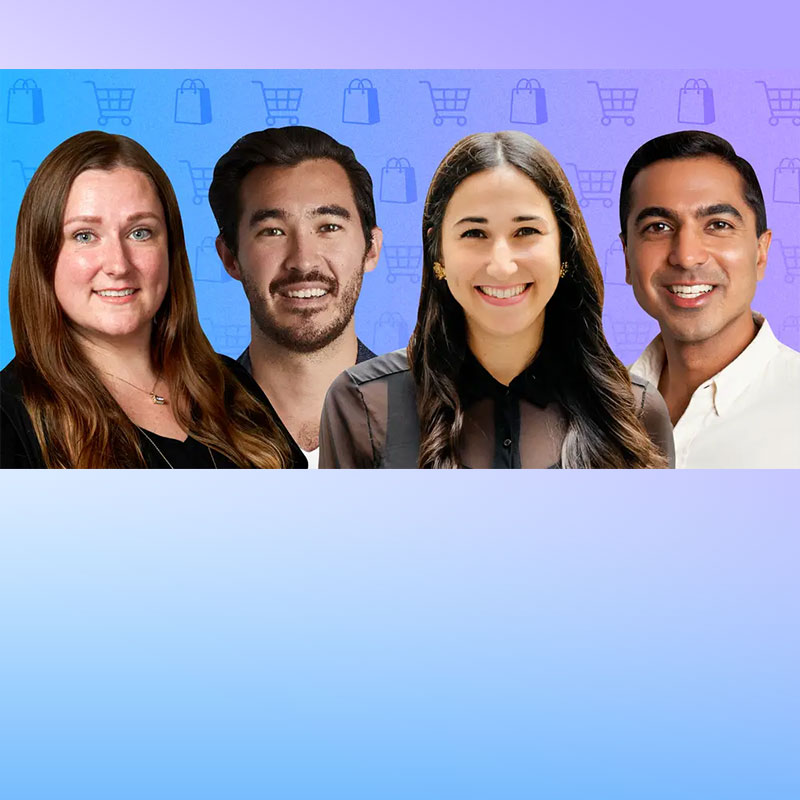




















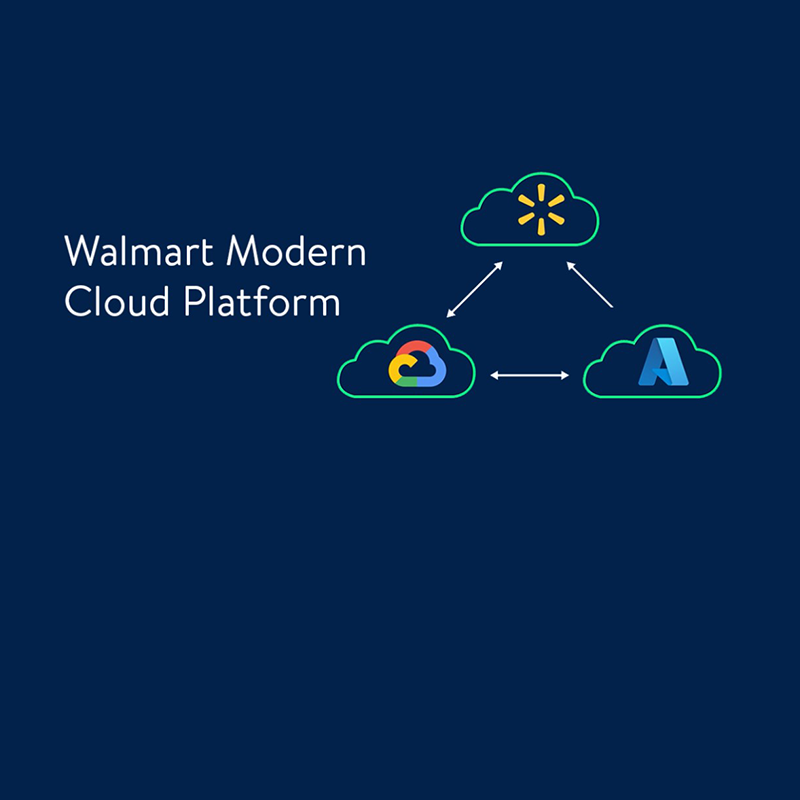


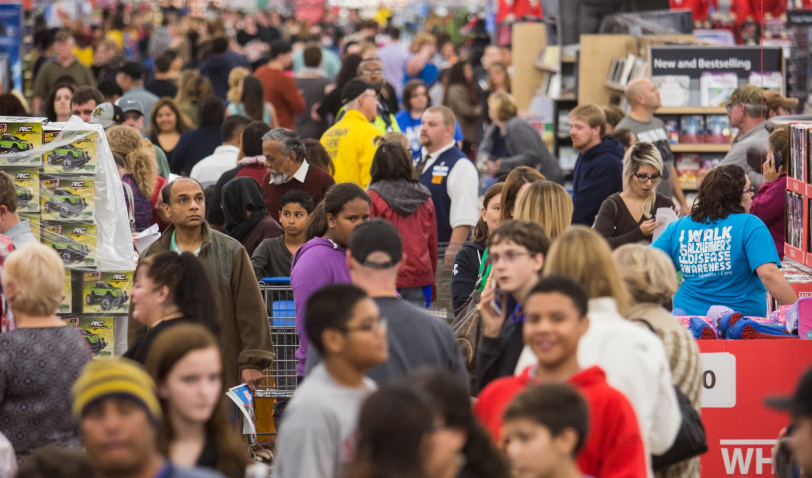


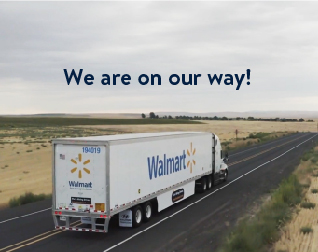



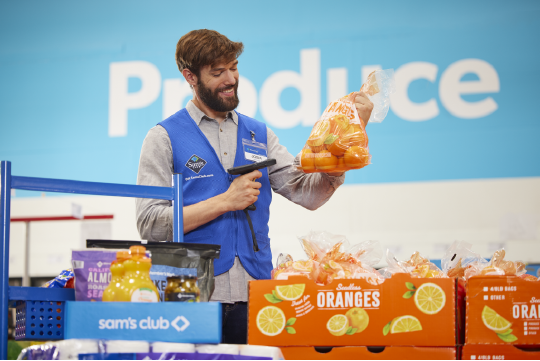
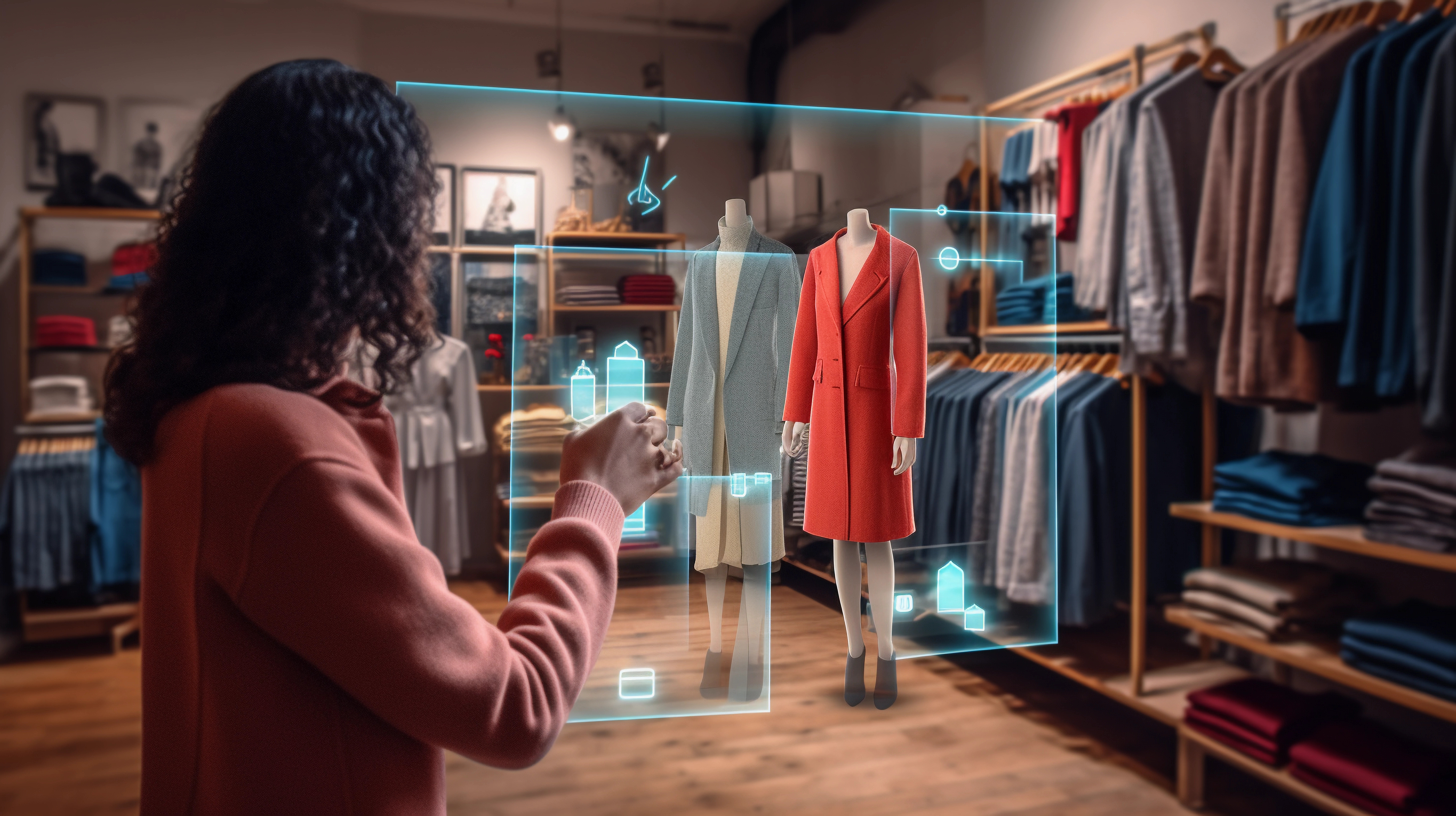
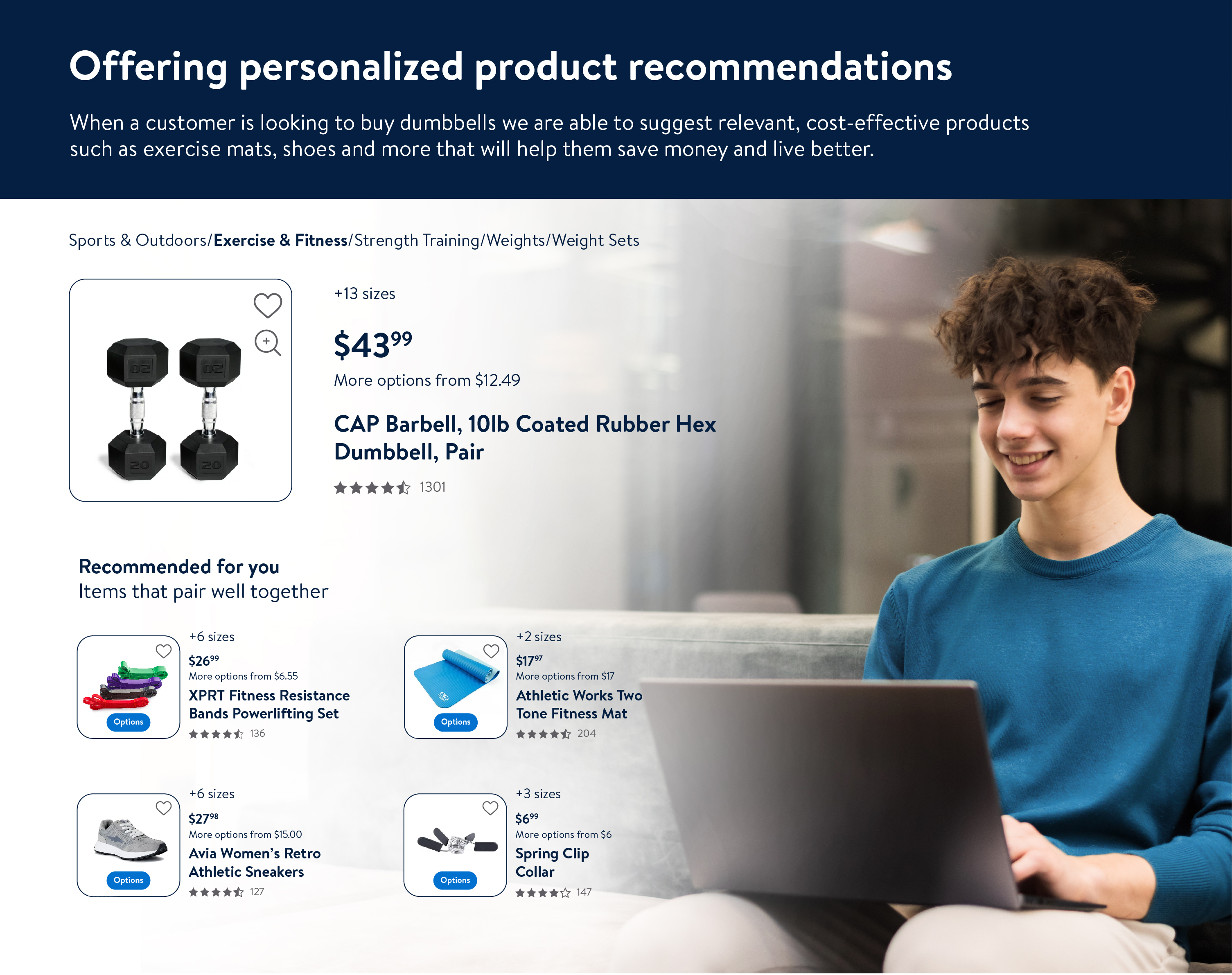
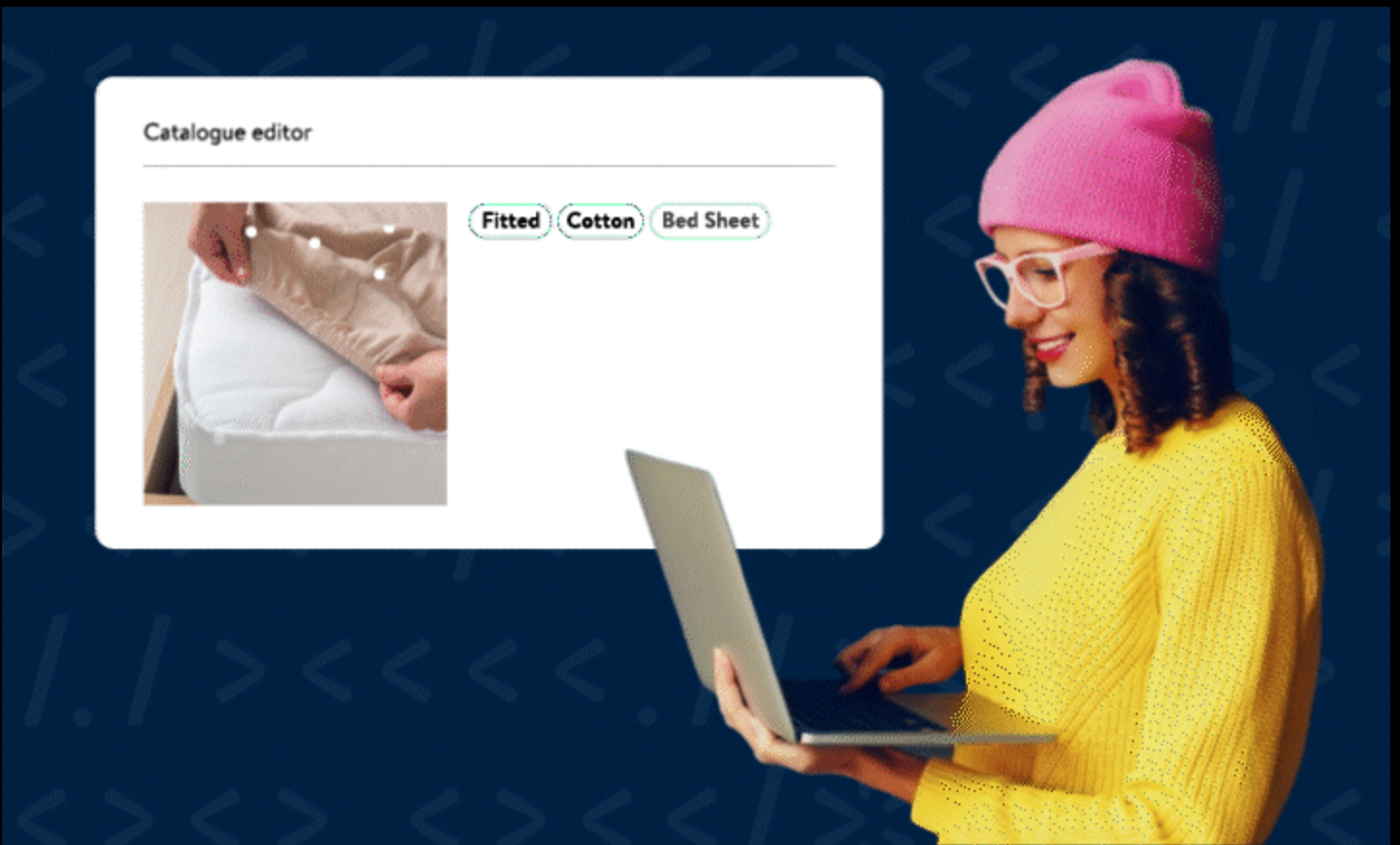






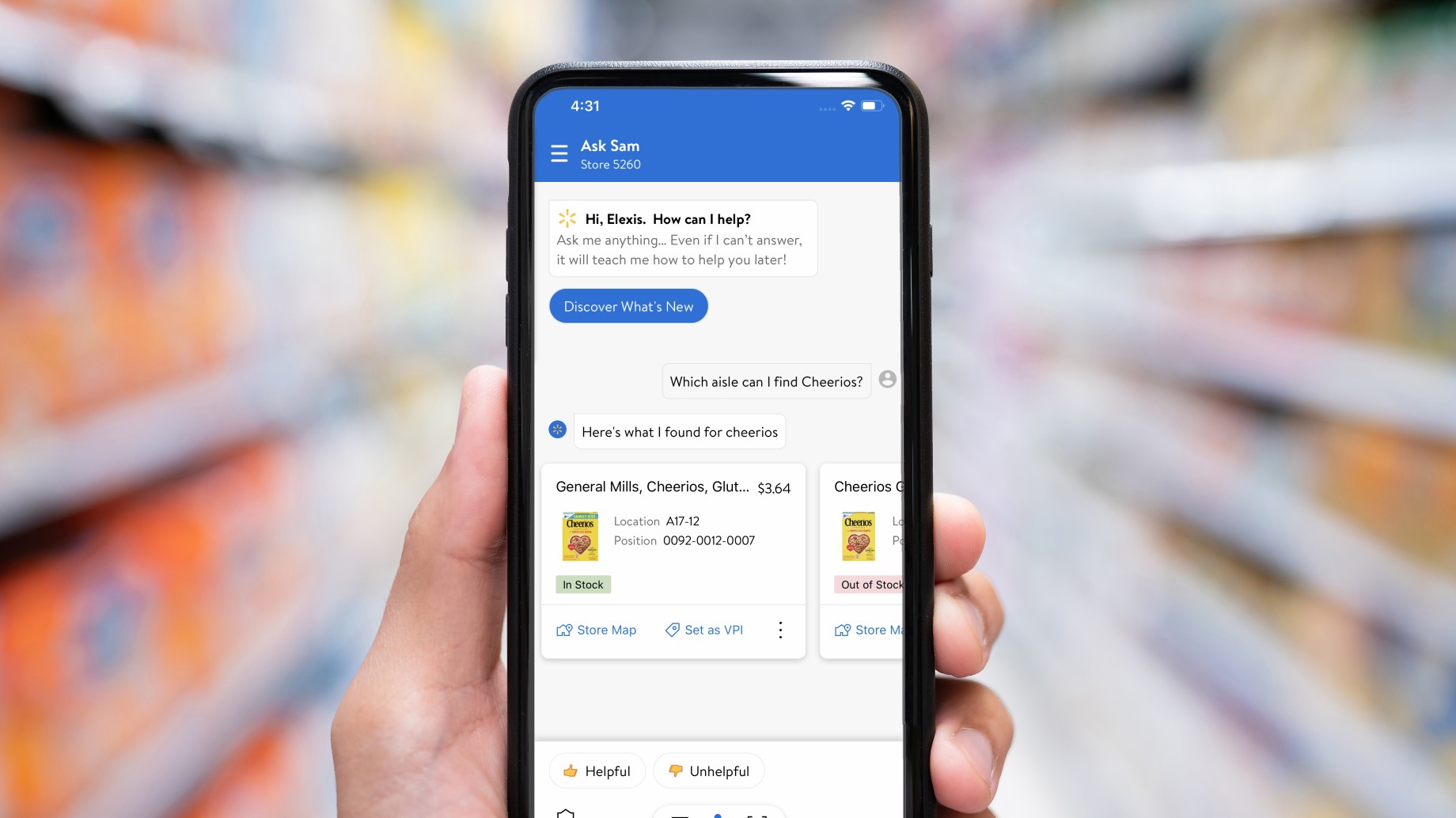

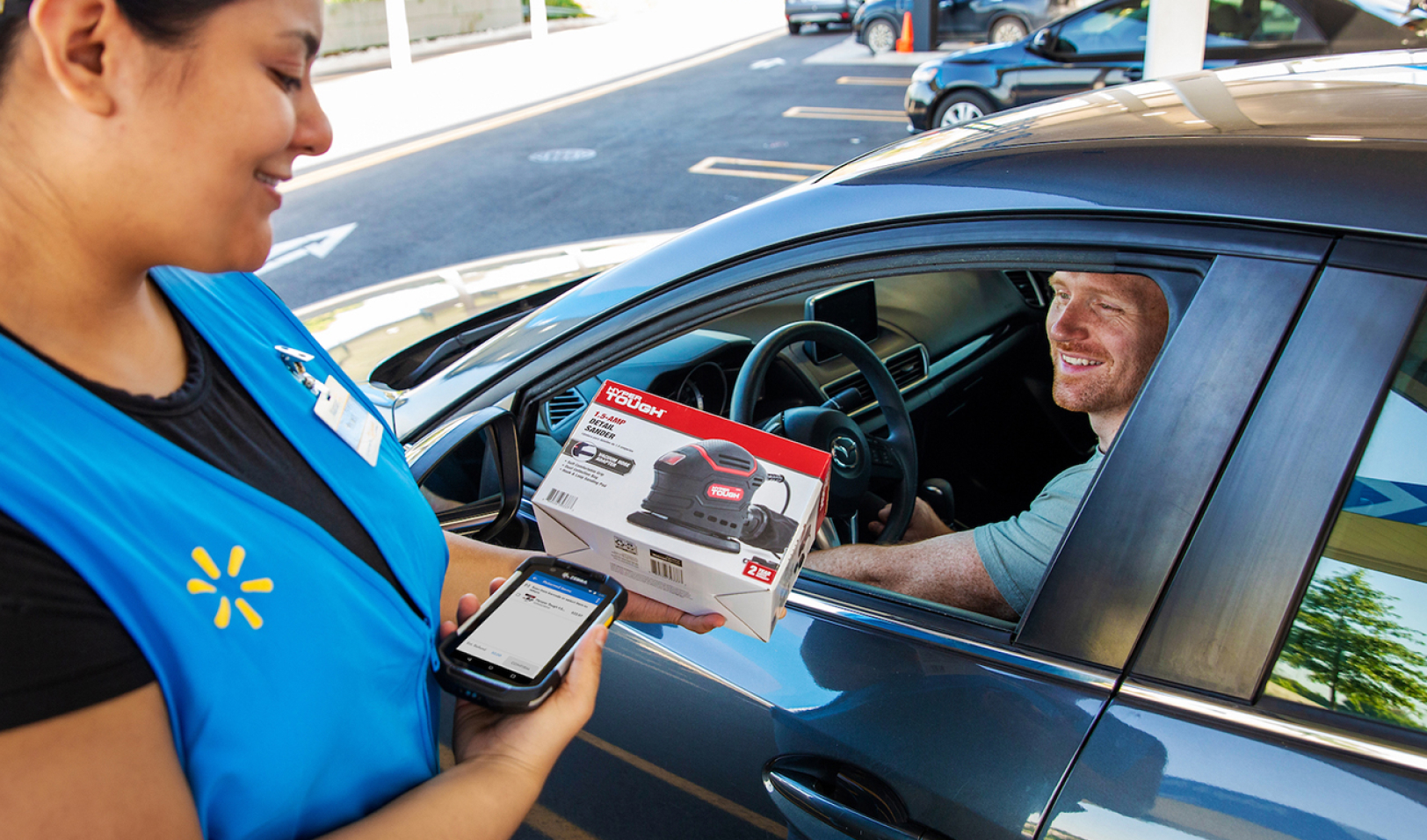





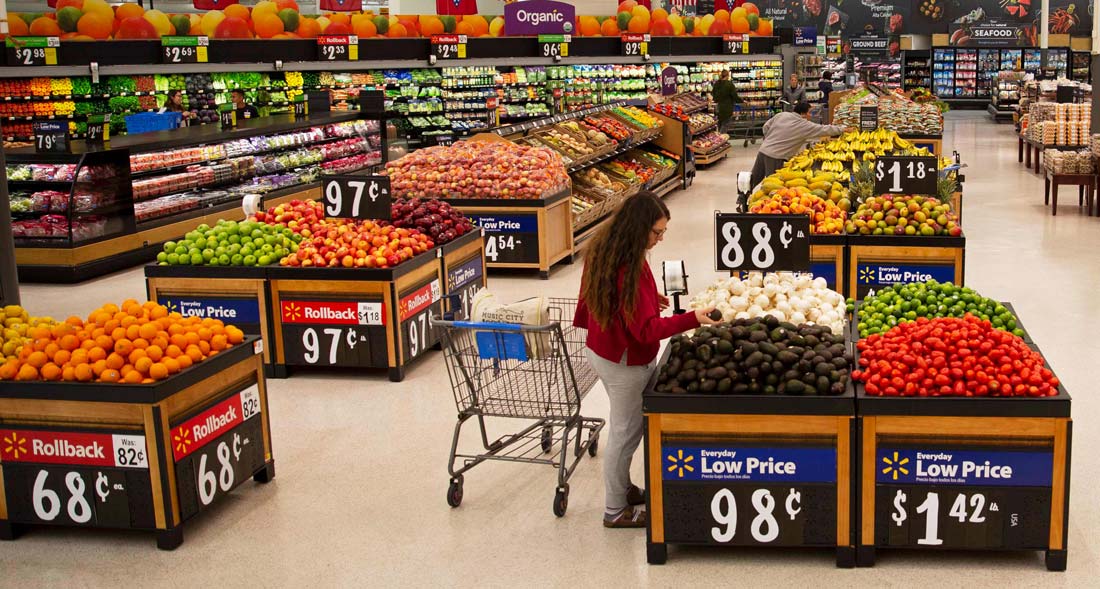
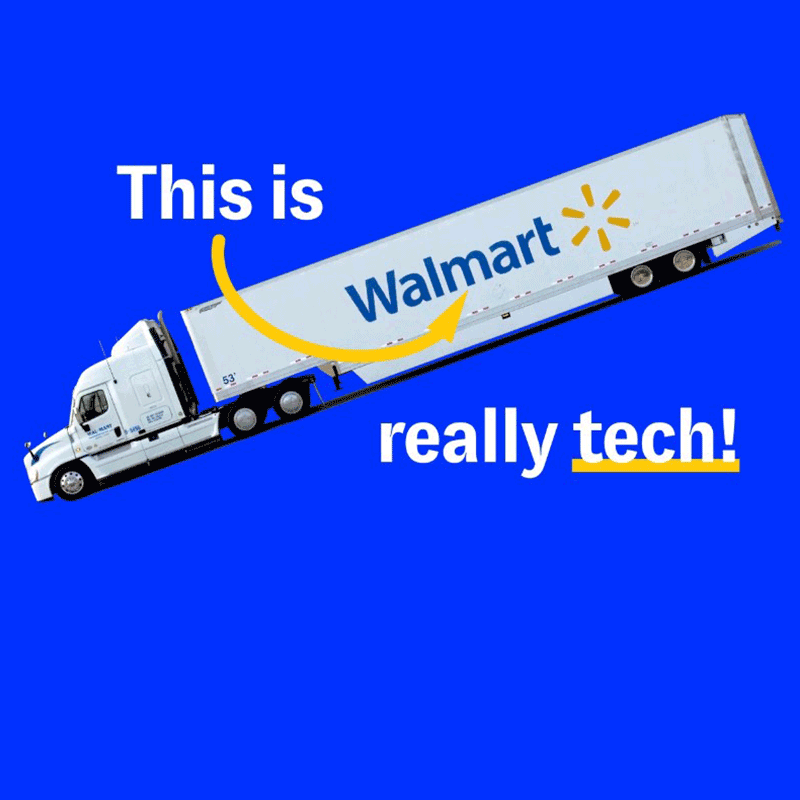

.jpg)










